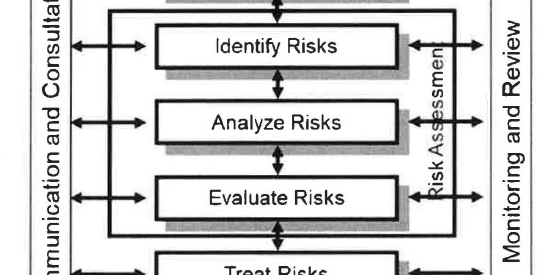Although governments are conducting research on technical approaches regarding emerging infectious diseases, especially those that could morph into bioterrorism, developing response plans and procedures, and developing communication to transmit information to the public, little is done to facilitate development of effective risk or crisis communication messages for public consumption. Ebola, a highly contagious and often deadly disease recently trended on social media, was the lead story on the nightly news and made headlines in national publications, yet there was little evidence that risk and crisis communication techniques were used to stabilize the communication environment surrounding the outbreak.
The Ebola outbreak in Africa, the death of an Ebola-infected patient in Texas, the two nurses infected with Ebola after treating Ebola-infected patients, and the transport and treatment of other Ebola-infected patients at Emory University Hospital and the University of Nebraska Medical Center raised questions about the effectiveness of communication channels used in a public health emergency to keep the public informed. A lack of clear, concise messaging from one of the country´s leading health agencies, the Centers for Disease Control (CDC), caused unwarranted fear, sensationalism, and outrage among the American public while hampering communication efforts at many levels.
Understanding how and when to employ risk and crisis communication principles strengthens an organization´s trust and credibility quotient while providing opportunities to communicate effectively with the public. Risk and crisis communication principles prepare the public by preventing sensationalism, educating the public, and calming fears of the unknown.
This webinar uses science-based communication principles, best practices, and practical experience to raise awareness about the importance of integrating risk and crisis communication principles in public-facing communication and to assist HDIAC community members with maximizing communication skills to address risk-based or crisis-based public and media inquiries.


